Been talking to Mason about his upcoming Imperium campaign. One topic that has come up is Sci Fi tropes. Here’s a table I came up with at one point that is useful to think through. Might be worthwhile to ask players which tropes they like or don’t like 🙂
12 Sci-Fi Story Types
Review the list for ideas, or roll 2d6 and to see what story to create in your next adventure. Patrons can give missions for items 2-12.
Patron: Get a job from a patron such as obtaining a macguffin.
Exploration: Salvage of ancient ruins, abandoned ships, exploring dungeons.
Merchant: Trading cargo and working the stock market using trade tables.
Heists: Con jobs or other missions to get an object.
Military: Defend an outpost or fight warlords.
Aliens: Encounter exotic creatures, fight predators, or safari missions.
Cultures: 1st contact scenarios, modern cultural issues reskinned.
Court Intrigue: Interact with nobles/politicians or become one.
Distress Calls: Answer an S.O.S., but no telling what you really will encounter.
Space Battles: Vacc suit fights, bridge action, fleet combats.
Belters: Asteroid exploration, strikes, megacorp intrigue.
Survival: Survive a ship crash, prison, hostile terrain or sabotaged ships.
RPG Space Sci Fi Tropes
Other iconic genre elements I can think of that is great to work in at Con game especially (to make it feel like you placed a Space game):
- Melee combat with futuristic weapons,
- Ranged combat with futuristic weapons
- Fighting alien monsters
- EVA in a space suit
- Piloting a ship
- Solving a cosmic enigma
- Spaceship combat
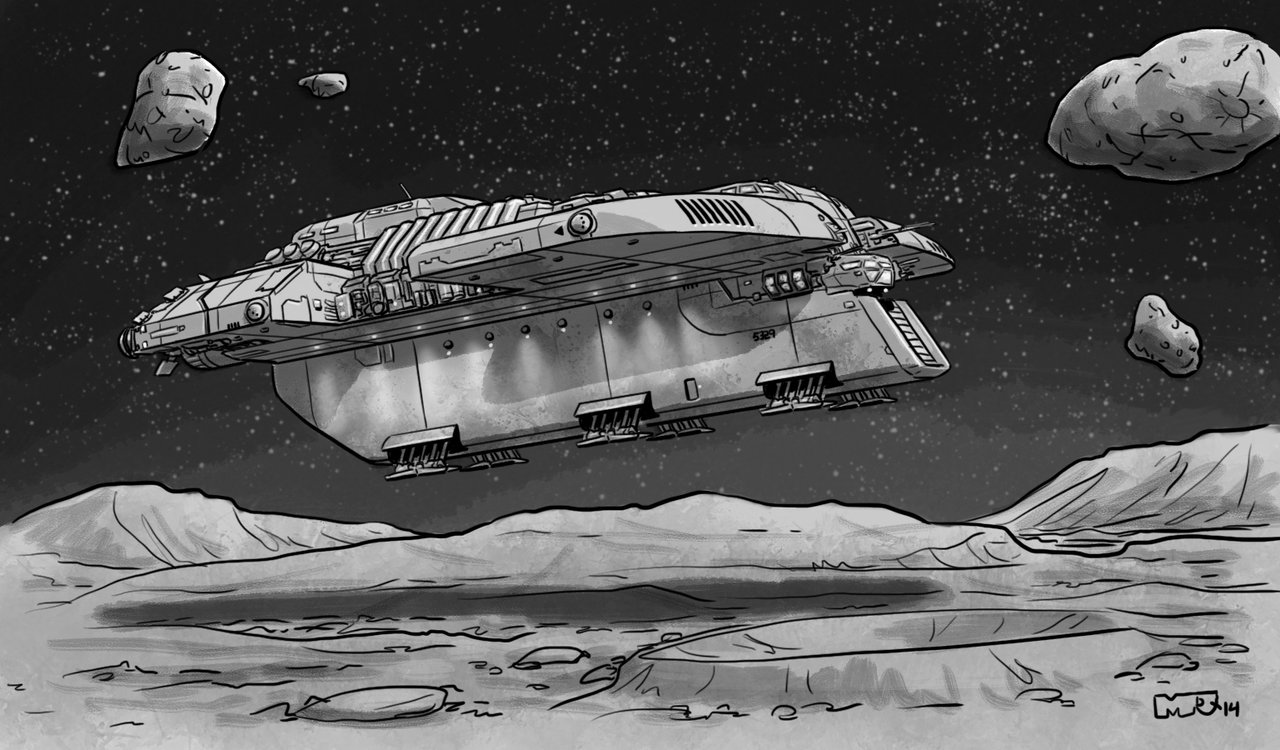
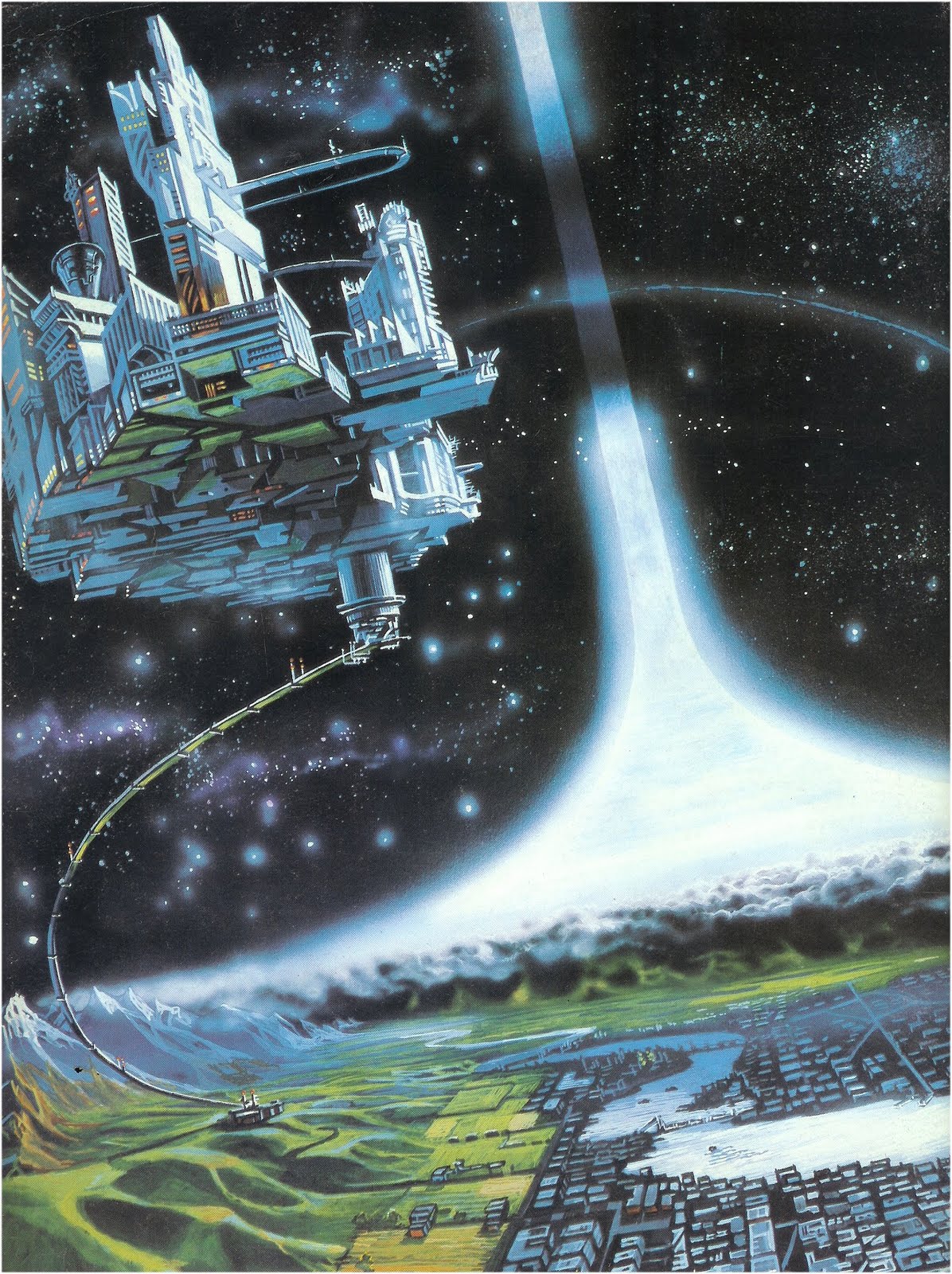
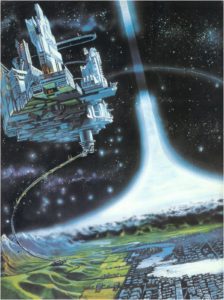



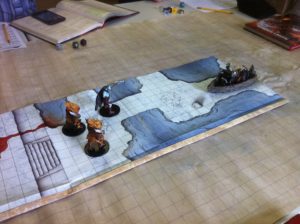
 Justin IronOak and Neara BloodOak led our intrepid party through snowy mountain passes, through the worst of the MindSpire Mountains, before coming upon the Village of the BloodOaks. A vital village, the party immediately saw the battle damage done to the town’s wooden palisade, where the Frost Giants and the Black dragon broke through on their raid. Talking with the captain of the Guard, Taliera Barkskin, the party learned that the giants had been aided in the Chevauchee by Harren Fire Oak and the White Wizard. The giants apparently broke through the palisade, and quickly made for the Blood Oak’s Arbrearum. the party quickly suspected betrayal, and further learned that the Bloody Acorn had dropped just moments before the raid, and had been handled in the Arbrearum and delivered to the giants. Only a member of the blood of the Blood Oak Clan could have entered the Arbrearum and handled the Bloody Acorn.
Justin IronOak and Neara BloodOak led our intrepid party through snowy mountain passes, through the worst of the MindSpire Mountains, before coming upon the Village of the BloodOaks. A vital village, the party immediately saw the battle damage done to the town’s wooden palisade, where the Frost Giants and the Black dragon broke through on their raid. Talking with the captain of the Guard, Taliera Barkskin, the party learned that the giants had been aided in the Chevauchee by Harren Fire Oak and the White Wizard. The giants apparently broke through the palisade, and quickly made for the Blood Oak’s Arbrearum. the party quickly suspected betrayal, and further learned that the Bloody Acorn had dropped just moments before the raid, and had been handled in the Arbrearum and delivered to the giants. Only a member of the blood of the Blood Oak Clan could have entered the Arbrearum and handled the Bloody Acorn.
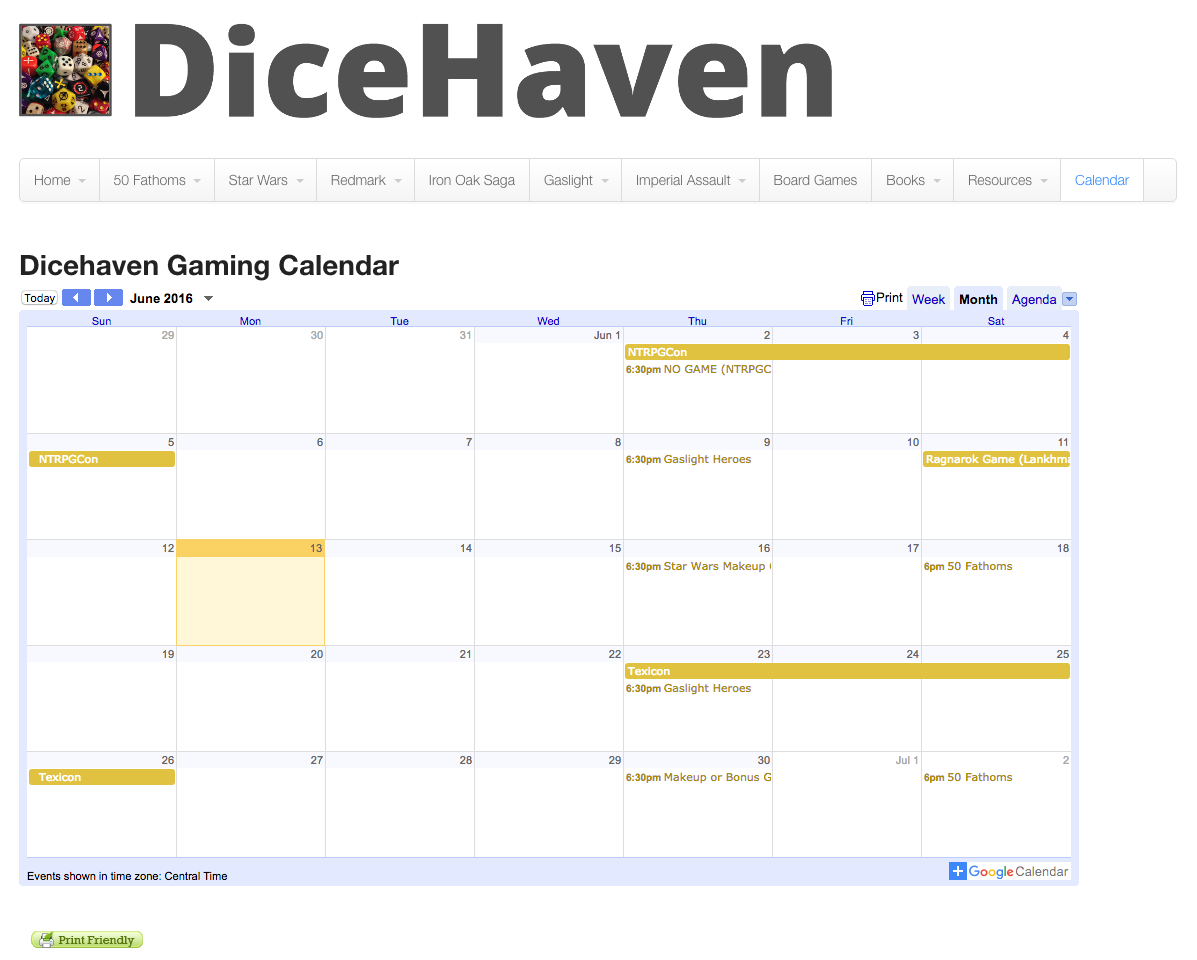



Recent Comments